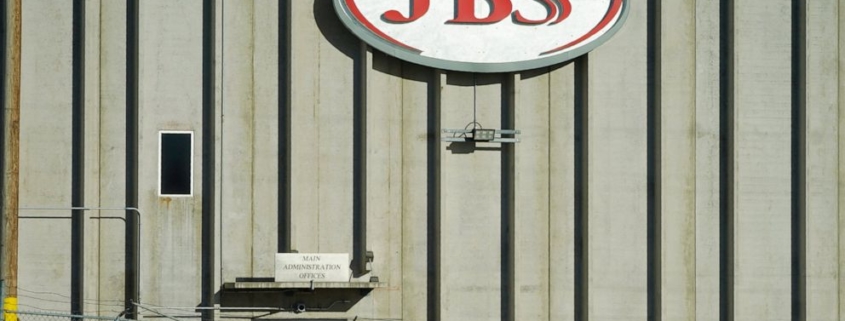EXPLAINER: Why ransomware is so dangerous and hard to stop
Recent high-profile “ransomware” attacks on the world’s largest meat-packing company and the biggest U.S. fuel pipeline have underscored how gangs of extortionist hackers can disrupt the economy and put lives and livelihoods at risk.
Last year alone in the U.S., ransomware gangs hit more than 100 federal, state and municipal agencies, upwards of 500 health care centers, 1,680 educational institutions and untold thousands of businesses, according to the cybersecurity firm Emsisoft. Dollar losses are in the tens of billions. Accurate numbers are elusive. Many victims shun reporting, fearing the reputational blight.
More recent known targets include a Massachusetts ferry operator, the Irish health system and the Washington, D.C., police department. But the broadly disruptive hacks on Colonial Pipeline in the U.S. in May and Brazilian meat processor JBS SA this week have drawn close attention from the White House and other world leaders, along with heightened scrutiny of the foreign safe havens where cybercriminal mafias operate.
WHAT IS RANSOMWARE? HOW DOES IT WORK?
Ransomware scrambles the target organization’s data with encryption. The criminals leave instructions on infected computers for negotiating ransom payments. Once paid, they provide decryption keys for unlocking those files.
Ransomware crooks have also expanded into data-theft blackmail. Before triggering encryption, they quietly copy sensitive files and threaten to post them publicly unless they get their ransom payments. That can present problems even for companies that diligently back up their networks as a hedge against ransomware, since refusing to pay can incur costs far greater than the ransoms they might have negotiated.
HOW DO RANSOMWARE GANGS OPERATE?
The criminal syndicates that dominate the ransomware business are mostly Russian-speaking and operate with near impunity out of Russia and allied countries. Though barely a blip three years ago, the syndicates have grown in sophistication and skill. They leverage dark web forums to organize and recruit while hiding their identities and movements with sophisticated tools and cryptocurrencies like Bitcoin that make payments…


